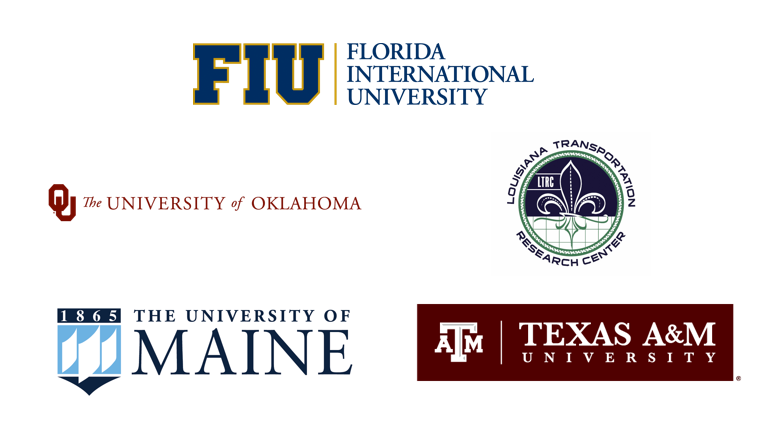Moving Resilience from Research to Practice
May 14, 2021
1:00 PM
Eastern Standard Time (EST)
John W. van de Lindt, Ph.D., F. SEI, F. ASCE, Harold H. Short Endowed Chair Professor, Colorado State University, Co-Director, Center for Risk-Based Community Resilience Planning
Webinar Recording:
Webinar Documents
Moving Resilience From Research to Practice - pdf of presentation
Q&A Session - pdf
Description: Resilience is the ability to prepare for, adapt, and recover rapidly from disruptions. Regional and community resilience research has been pursued by government labs such as Argonne, Oak Ridge, and NIST as well as across academia and industry. The modeling process is complex and research has made significant strides over the last decade; in particular, merging different disciplines and including their interaction with the physical infrastructure. This seminar will begin with an overview of the Center for Risk-Based Community Resilience Planning’s approach to modeling physical infrastructure including the Interdependent Networked Community Resilience Modeling Environment (IN-CORE), which represents state-of-the-art in resilience modeling. Then, the process being used to take a research tool from science creation to implementation by using In-CORE as a behind-the-scenes engine to interact with the NIST Community Resilience Planning Guide. This will include a demo of the web interface under development and close with next steps including community partnerships to refine the tool intended to take resilience research to practice.
Presentation Photos/Graphics:

Figure 1: Screen capture of the Playbook Interactive Guide for Community
Resilience Planning powered by the Center’s IN-CORE engine.

Figure 2: A suite of 15 building archetypes used to populate small- to mid-sized
community for flood resilience modeling

Figure 3: The inside of a mobile water treatment plan used to achieve
functional recovery of the potable water system in Lumberton, NC following
hurricane Matthew in 2016

Figure 4: Retrofits and robust building codes are the first line of defense against
strong winds such as the hurricane clips between walls and roof trusses.
SPONSORS:
A consortium of five universities, are formed, to provide the nation, with the state of the art engineering solutions, to make the existing and new infrastructure, located in the eastern coastal and gulf areas, resilient to extreme events, such as hurricanes and flooding, including manmade events, such as terrorist acts. Further, to provide the decision makers, with tools and solutions to ensure that these coastal areas are able to return to normal operation, with minimal interruption to normal day-to-day life.
Florida International University (FIU), as a lead along with University of Maine, Texas A&M University, Louisiana State University and University of Oklahoma are members of the consortium. Please contact Dr. Atorod Azizinamini, at aazizina@fiu.edu, if you are interested in becoming a member.
